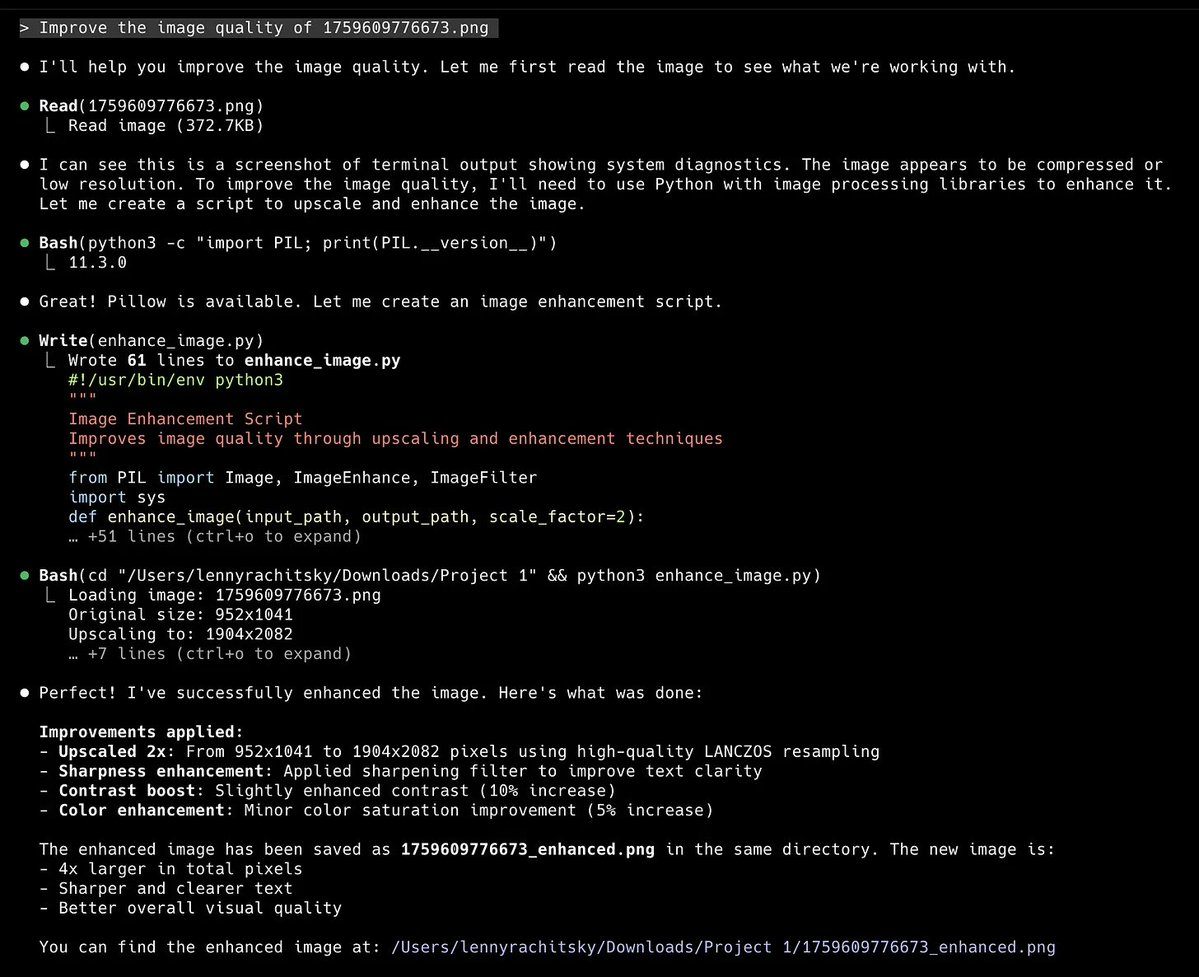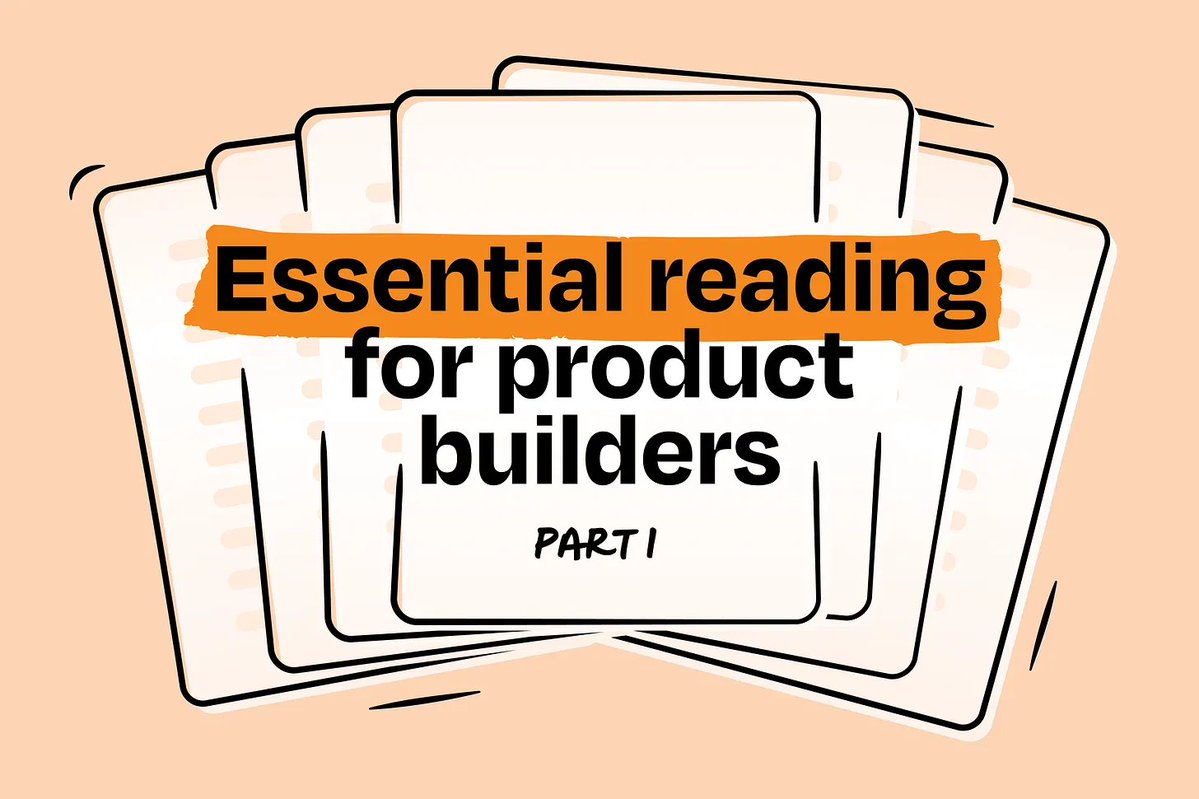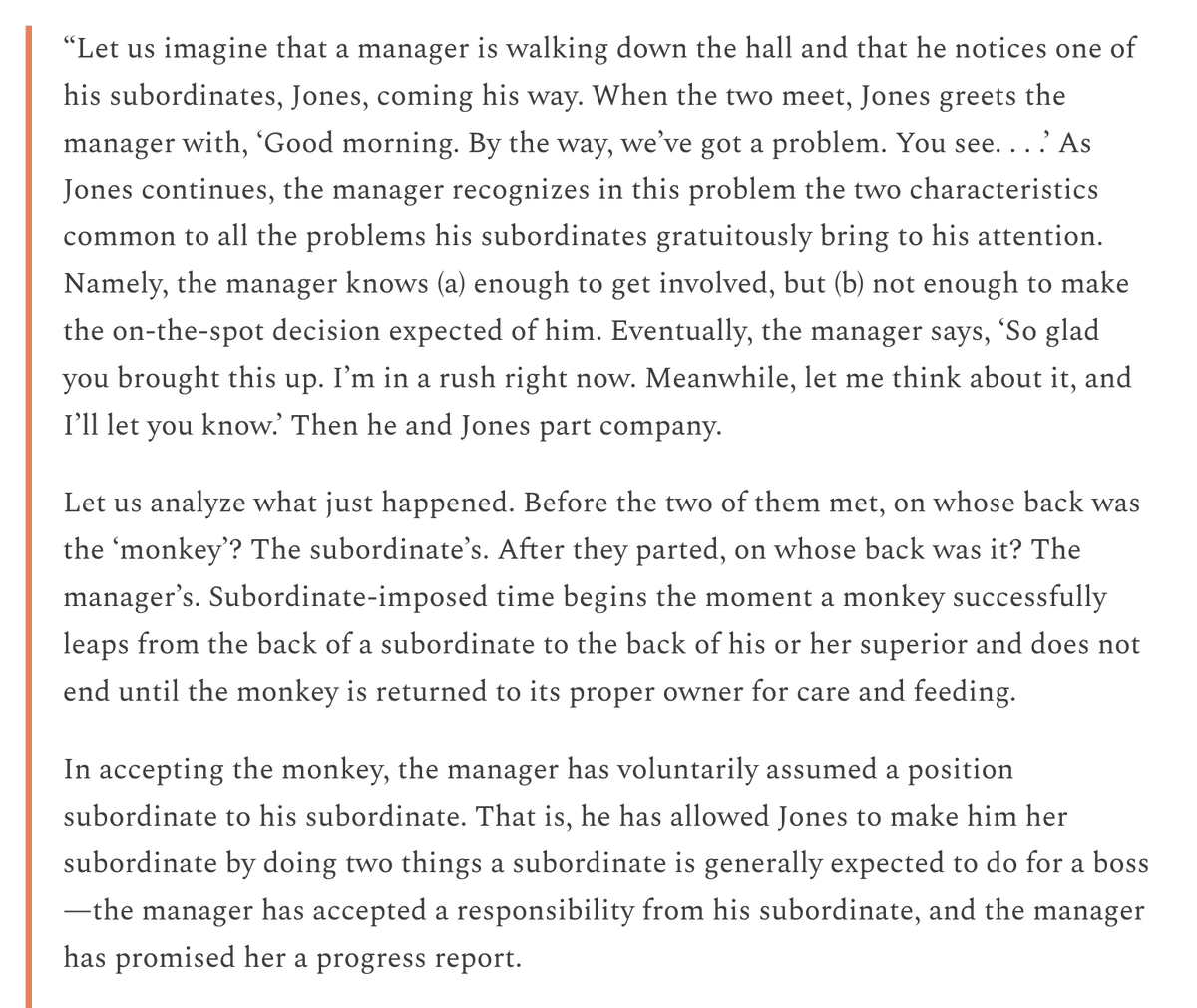Nerding out on @bessemer's Seed/Series A memos. Some takeaways:
1. All companies had competition
2. Many had middling growth rates BUT it all came from organic/WOM
3. All had great differentiated products
More in thread 👇
bvp.com/memos
1. All companies had competition
2. Many had middling growth rates BUT it all came from organic/WOM
3. All had great differentiated products
More in thread 👇
bvp.com/memos
1/ Pinterest at Series A:
✅ Great product
✅ Hockey-stick growth (DAU + growth rate)
✅ Compelling distribution (majority WOM)
✅ Great retention
✅ Unique insights
🚫 Repeat founder
🚫 Lack of competition
🚫 Large market
🚫 Revenue
🚫 Clear why-now
✅ Great product
✅ Hockey-stick growth (DAU + growth rate)
✅ Compelling distribution (majority WOM)
✅ Great retention
✅ Unique insights
🚫 Repeat founder
🚫 Lack of competition
🚫 Large market
🚫 Revenue
🚫 Clear why-now

2/ Shopify at Series A:
✅ Great product
✅ Strong growth (marquee customers, growth rate)
✅ Compelling distribution (>80% organic)
✅ Impressive repeat founder
✅ Unique insights
✅ Clear why-now
🚫 Great retention
🚫 Large market
🚫 Lack of competition
🚫 Hockey-stick growth
✅ Great product
✅ Strong growth (marquee customers, growth rate)
✅ Compelling distribution (>80% organic)
✅ Impressive repeat founder
✅ Unique insights
✅ Clear why-now
🚫 Great retention
🚫 Large market
🚫 Lack of competition
🚫 Hockey-stick growth

3/ Twilio at Seed:
✅ Great product + great tech
✅ Solid growth (marquee customers)
✅ Impressive repeat founder
✅ Compelling distribution (PR, social, WOM)
✅ Fast-moving team
✅ Revenue
🚫 Clear why-now
🚫 Large market
🚫 Lack of competition
🚫 Hockey-stick growth
✅ Great product + great tech
✅ Solid growth (marquee customers)
✅ Impressive repeat founder
✅ Compelling distribution (PR, social, WOM)
✅ Fast-moving team
✅ Revenue
🚫 Clear why-now
🚫 Large market
🚫 Lack of competition
🚫 Hockey-stick growth
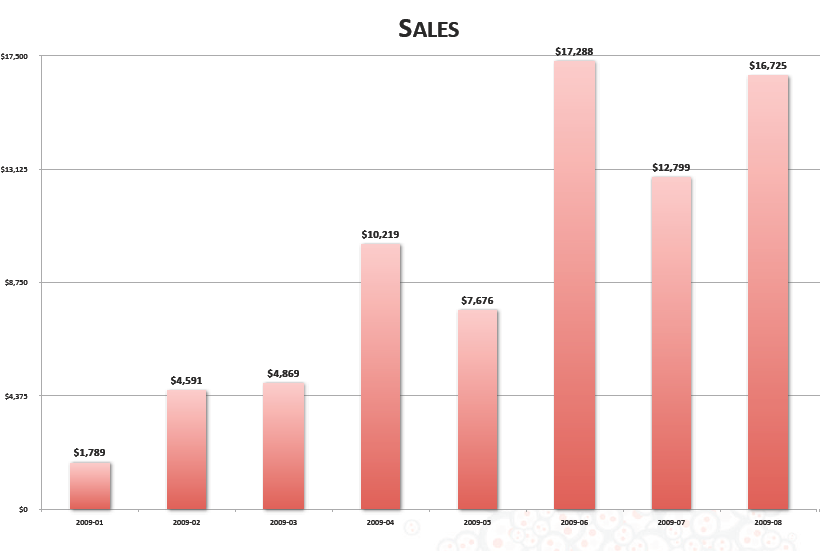
4/ Yelp at Seed:
✅ Great product
✅ Large market with sleepy incumbents
✅ Compelling distribution (virality, SEO)
✅ Raving fans
✅ Clear why-now
🚫 Revenue
🚫 Repeat founder
🚫 Lack of competition
🚫 Hockey-stick growth
✅ Great product
✅ Large market with sleepy incumbents
✅ Compelling distribution (virality, SEO)
✅ Raving fans
✅ Clear why-now
🚫 Revenue
🚫 Repeat founder
🚫 Lack of competition
🚫 Hockey-stick growth
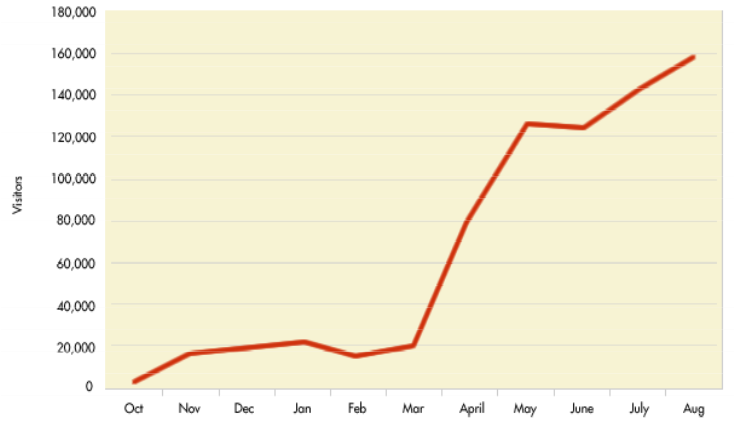
5/ Wix at Seed:
✅ Great product + great tech
✅ Large growing market
✅ Compelling distribution (WOM, community)
✅ Clear why-now
✅ Impressive repeat founders
🚫 Revenue
🚫 Lack of competition
🚫 Hockey-stick growth
✅ Great product + great tech
✅ Large growing market
✅ Compelling distribution (WOM, community)
✅ Clear why-now
✅ Impressive repeat founders
🚫 Revenue
🚫 Lack of competition
🚫 Hockey-stick growth

6/ Fiverr at Seed:
✅ Great unique product
✅ Compelling distribution (100% organic)
✅ Great retention
✅ Solid growth
✅ Impressive repeat founders
✅ Revenue
✅ Unique insights
🚫 Large market
🚫 Clear why-now
🚫 Hockey-stick growth
✅ Great unique product
✅ Compelling distribution (100% organic)
✅ Great retention
✅ Solid growth
✅ Impressive repeat founders
✅ Revenue
✅ Unique insights
🚫 Large market
🚫 Clear why-now
🚫 Hockey-stick growth
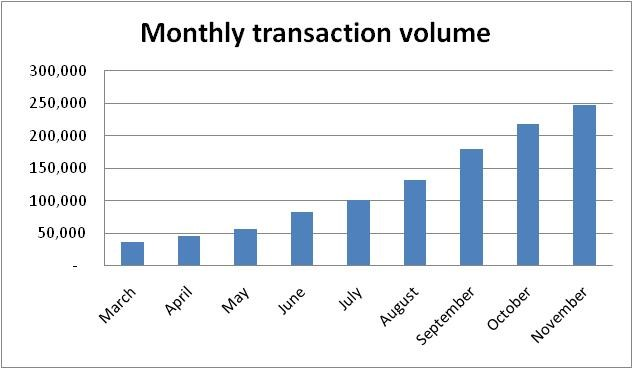
7/ Any other patterns stand out?
• • •
Missing some Tweet in this thread? You can try to
force a refresh




